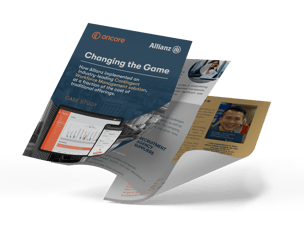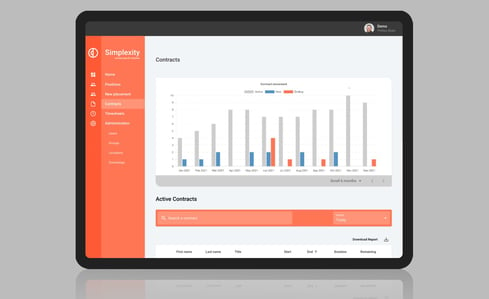- The Australian economy in the December quarter of 2023, there was a growth of 0.2 per cent, with an annual growth rate of 1.5 per cent. Despite marking the ninth consecutive quarter of growth, this represented the slowest annual growth rate since the onset of the COVID-19 pandemic. The robust population growth resulted in a decline of 1.0 per cent in GDP per capita over the year.
- Inflation continued to affect most goods and services. Consumer Price Index rose by 0.6 per cent in the December quarter and was up 4.1 per cent in the past 12 months. The December quarter was the smallest quarterly rise since March 2021. Insurance premiums increased, leading to a 3.8 per cent rise in prices, while higher tobacco taxes caused cigarette prices to increase by 7.0 per cent.
- Wage growth was boosted by wage reviews, with the wage price index climbing 0.9 per cent in the quarter and 4.2 per cent over the year, marking the highest annual growth since the March quarter of 2009. Public sector wages grew by 1.3 per cent, driven by new workplace agreements, particularly for teachers and nurses.
- The labour market showed signs of slowing, with job vacancies declining slightly by 0.7 per cent in the quarter, although remaining at high levels. The unemployment rate edged up to 3.9 per cent in December, as participation rates remained close to record highs. Labour productivity increased by 0.5 per cent during the quarter, the second consecutive quarterly rise following a period of decline.
- Household savings increased slightly, with households saving 3.2 per cent of their income in the quarter. Compensation of employees rose by 1.4 per cent, and government social assistance benefits grew by 5.9 per cent. Interest payments on mortgages rose by 5.0 per cent as some borrowers transitioned from lower fixed-rate loans.
- Household consumption saw minimal growth, rising by 0.1 per cent, with spending on food increasing by 0.9 per cent while spending on catering services, pubs, and clubs decreased. Total discretionary spending by households fell by 1.6 per cent over the year.
- Imports of consumption goods decreased by 5.4 per cent during the quarter, leading to a reduction in inventories as businesses depleted existing stocks to meet consumer demand.
- Spending on overseas travel decreased by 9.0 per cent as Australians opted for destinations closer to home, particularly New Zealand and Indonesia. Conversely, spending by visitors to Australia increased by 1.2 per cent, surpassing pre-pandemic levels.
- Business investment rose modestly by 0.7 per cent during the quarter, marking the fourteenth successive quarterly rise, driven by increased spending on new warehouses and data centres.
- Government spending surpassed household spending, with Commonwealth government expenditure (excluding Defence) contributing 0.2 percentage points to economic growth in the December quarter. This growth was fueled by increased spending on government benefits for households and employee expenses, including healthcare and expenditures related to the Voice to Parliament referendum.












_11zon%20(1).jpg?width=302&height=124&name=linkedin-sales-solutions-vqWWOnA6--M-unsplash%20(2)_11zon%20(1).jpg)






.png?width=300&name=Contractor%20(9).png)